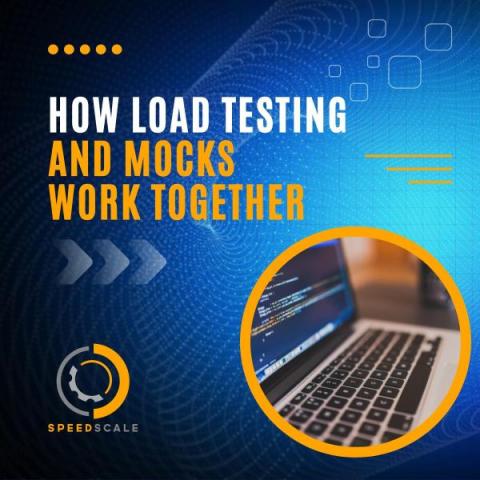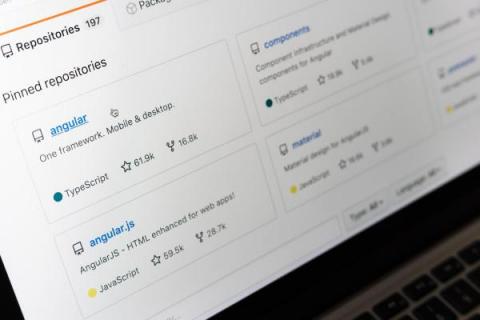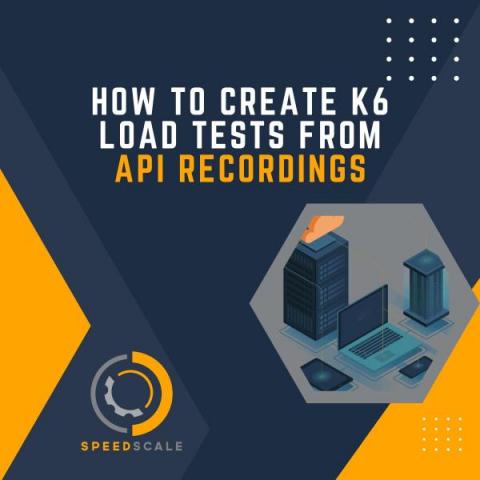Measuring Time Required To Complete A Step Of Your Test
Loadero supports three feature-rich test frameworks: Javascript + Nightwatch Java + TestUI, Python + Py-TestUI, but to expand the functionality further, we also develop custom commands for more insightful performance and load testing. One of the recent additions to the custom commands to use in your Loadero test scripts is the timeExecution() command.










